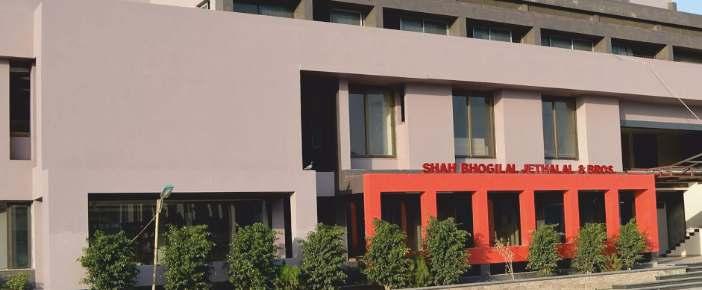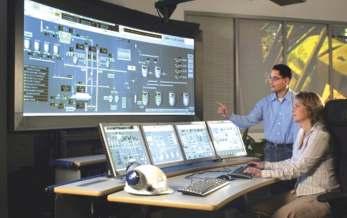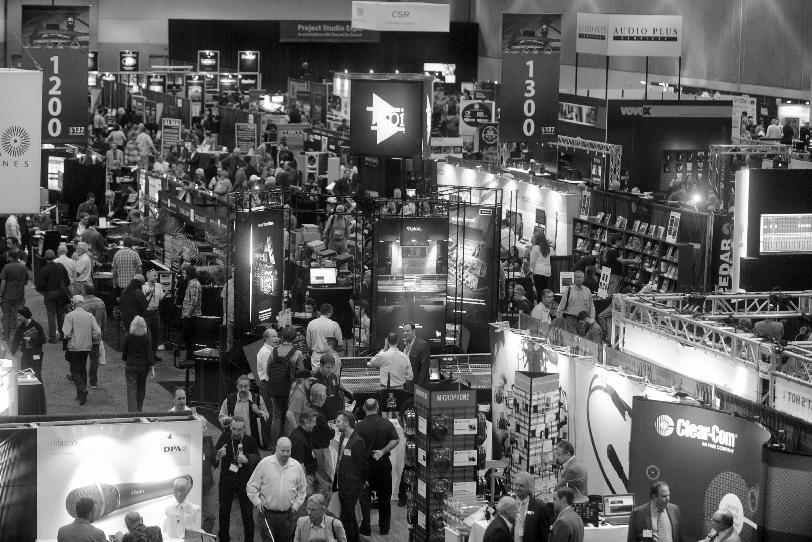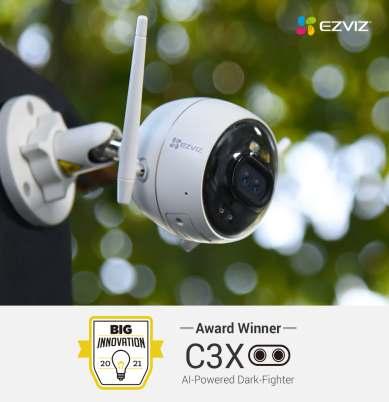
6 minute read
Reduce Unwanted Alarms by Arindam Bhadra
Reduce Unwanted Alarms
by Arindam Bhadra “Fire Alarm! – Fire Alarm? – meh, probably just another false alarm....”
Advertisement
This is the unfortunate common perception of automatic fire alarm systems - very few people have personal experience of a major fire but almost everybody has experienced a false alarm at some time in their lives.
As well as being a considerable drain on fire authority resources, this causes business disruptions (leading to a loss of productivity) and reduces the confidence of the general public in fire alarms.
A false alarm is a fire alarm signal from a fire detection or fire alarm system which is not caused by a fire. Examples include: • A fire-like phenomenon (e.g. a smoke machine triggering a smoke detector) • Accidental damage to the system • Environment effect • Inappropriate human action (e.g. malicious manual call point activation) • Equipment malfunction It is important that the detector's location and performance are correctly matched to ensure optimum fire detection ability with minimal risk of unwanted alarms.
Selecting Detector Types to Limit Unwanted /
False Alarms - There are many different types of detector, which operate on different sensing principles and offer specific performance related to the detection of fires as well as their immunity to certain sources of unwanted alarm. Therefore, it is important to select the correct detector for the application.
Variable Detector Performance - Detector performance can be adjusted, usually at the control panel, so as to reduce the risk of unwanted alarms for given periods. For example: • A smoke/heat detector may be switched to a heat only mode • Alarm verification delays may be enabled • Smoke detector sensitivity may be reduced
Heat
2Smoke
CO Fire
Respond slowly to developing fires Should only be used if no other technology is deemed suitable for the risk Insensitive to smoke or smoke-like products Won’t produce unwanted alarms when installed in a temperature stable environment
Respond quickly to developing fires Well suited to most fire detection applications Performance of ionization or optical types of detector differ, which needs to be matched to the risk
Provide fast detection of smouldering fire risk Have limitations in the detection of flaming fires
Respond to the radiation from flames Used in the detection of flammable liquid and gas risks Sensitive to ambient sources of CO Unwanted alarms possible from vehicle exhaust fumes and gas from open fires and faulty appliances
Sensitive to natural sources of radiation Unwanted alarms possible from heating and cooking appliances, welding, modulated sunlight and heat radiated by hot bodies
Sensitive to smoke-like particles that may not be areal fire Unwanted alarms possible from steam, aerosol spray, smoking, burning toast, cooking fumes and dusty electric fires, ingress of dust and insects, etc.
Flame
1 Other types of detectors such as beam, aspirated smoke or video fire are available 2 Some smoke detectors use techniques that may minimise the risk of unwanted alarms. Reference should be made to the manufacturer when using such detectors
Multi-Sensor Fire Detectors - Based on the combination of two or more sensor technologies aimed at minimising the possibility of unwanted alarms while maintaining reliable fire detection. Multisensor detectors usually have several modes of operation so it is important that manufacturers' application design guides are used to determine the correct mode.
Drift Compensation - Automatically adjusts the sensitivity of the smoke detector, as it becomes dusty or dirty. However, the detector's performance in measuring and responding to smoke remains unaffected. The result is a reduced chance of nuisance alarms, without sacrificing detector performance. This features not available in Conventional detector. Very few addressable detector has this.
Pre-Alarm - To provide an indication that the probability of an alarm is increased Many detectors
can provide a pre-alarm signal to indicate that an alarm condition is approaching. Other systems (such as aspirating smoke detectors) can provide early warning signals that indicate abnormal conditions have been detected, which may lead to an alarm but are not yet threatening. Such signals can be transmitted to trained personnel to maximise the time they have to investigate and in many cases to mitigate the cause of an unwanted alarm before it escalate to a disruptive alarm state.
During periods of reduced activity (e.g. when people are sleeping) the detection system reverts to its normal operating mode where system delays are disabled and a higher detector sensitivity is used.
Manual Call Points - Seldom a source of unwanted alarms. However, in certain applications, the possibility of malicious operation needs to be taken into account and locally managed. Where there is a risk that manual call points may be inadvertently operated, consideration needs to be given to protecting them with a cover with adequate signage (WE CHECKED VIDEO FOOTAGE EVERYDAY) and CCTV where required. Re-site call points to a less vulnerable location. This will need to be carried out in conjunction with your fire risk assessment and competent authorised Fire Alarm Engineer.
Siting of Detectors - Very important in regards to unwanted alarms. In any given situation, likely sources of unwanted alarms need to be assessed (ref. the table) before deciding on which type of detector to install and where to position it. For example, smoke detectors should not be cited near a source of steam such as kettles or shower cubicles. Likewise, heat detectors should not be placed in areas of excessive hot or cold drafts. Typically a detector may be sited up to five metres away from a potential alarm source and still meet the British Standard and NFPA 72.
Environment Effect - Come from Electrical storms, High humidity, Substantial fluctuation in temperature, Pressure surges on water mains serving automatic sprinkler systems, External smoke or fumes, High air velocities etc. Contractors Working on Site - Ensure that all contractors are fully briefed on your fire safety arrangements, location of fire detection systems, and the emergency plan applicable to their working location. Ensure that proper procedures are in place to control the nature of any work e.g. hot work permits, and to ensure that you and your contractors clearly identify the areas in which the work can take place. Detectors in the area could be temporarily covered, or the zone isolated from the fire alarm system during the work period and control measures introduced.
Equipment Faults - If there are equipment faults, these will need to be discussed with the fire alarm system authorised maintainer and appropriate action taken to remedy them. Effective, regular maintenance, which includes the internal and external cleaning of smoke detectors, will minimise such faults occurring in the first instance. Do not repair with anyone except OEM. If repaired then any time component will malfunction. Conventional system giving more false alarm then addressable system.
Maintenance - Plays an important role in ensuring that fire alarm detection devices remain in good functional order and perform as they were originally intended when first installed. Only certified professional can provide best services support. When there are any changes of environment/risk or changes of use the detection type and siting must be reviewed to minimise risk of unwanted alarms.
The maintenance recommendations in NFPA 72 & BS 5839-1, and any specific instructions given by the manufacturer for each type of detector and field devices should be followed. In India SSA Integrate is dedicated Service oriented agency and certified from most of OEM with lots of appreciation.
Education - Of premises staff, occupants and related visitors. It is essential that all persons are made aware of what actions to take if an alarm actuates and that they have been given adequate guidance on reducing false alarms.
Warning - Reduction in detector sensitivity always delays the response to a REAL FIRE
Do not put yourself at risk and only attempt to use extinguishers if trained and it is safe to do so.












